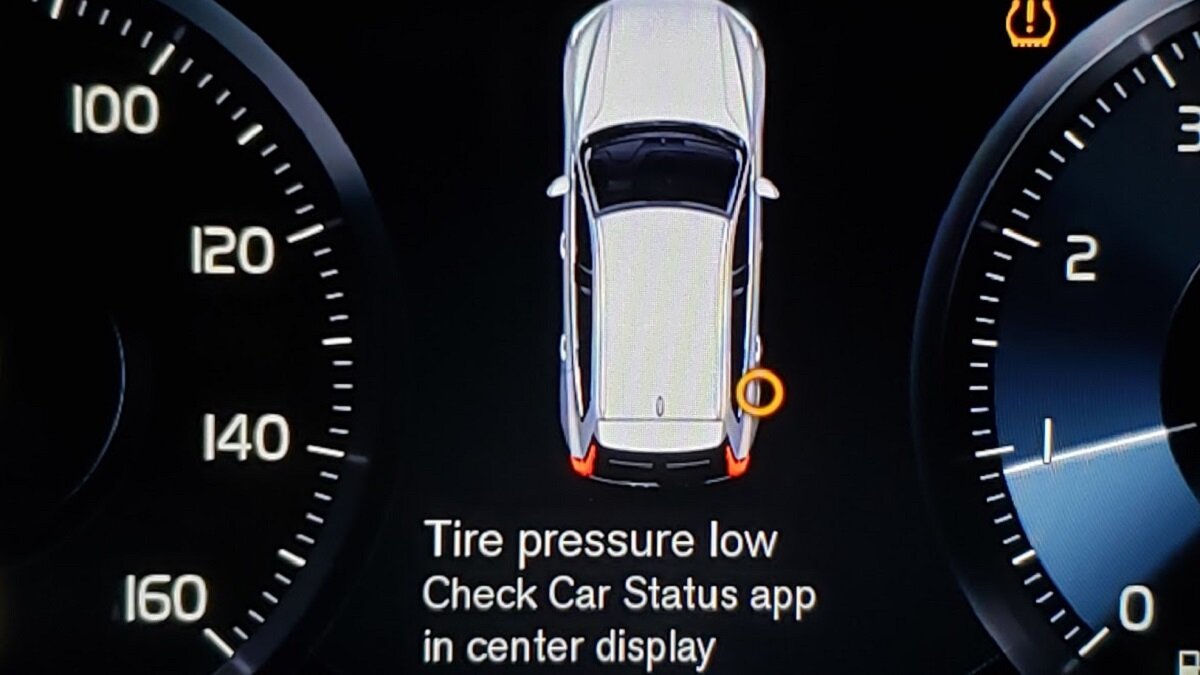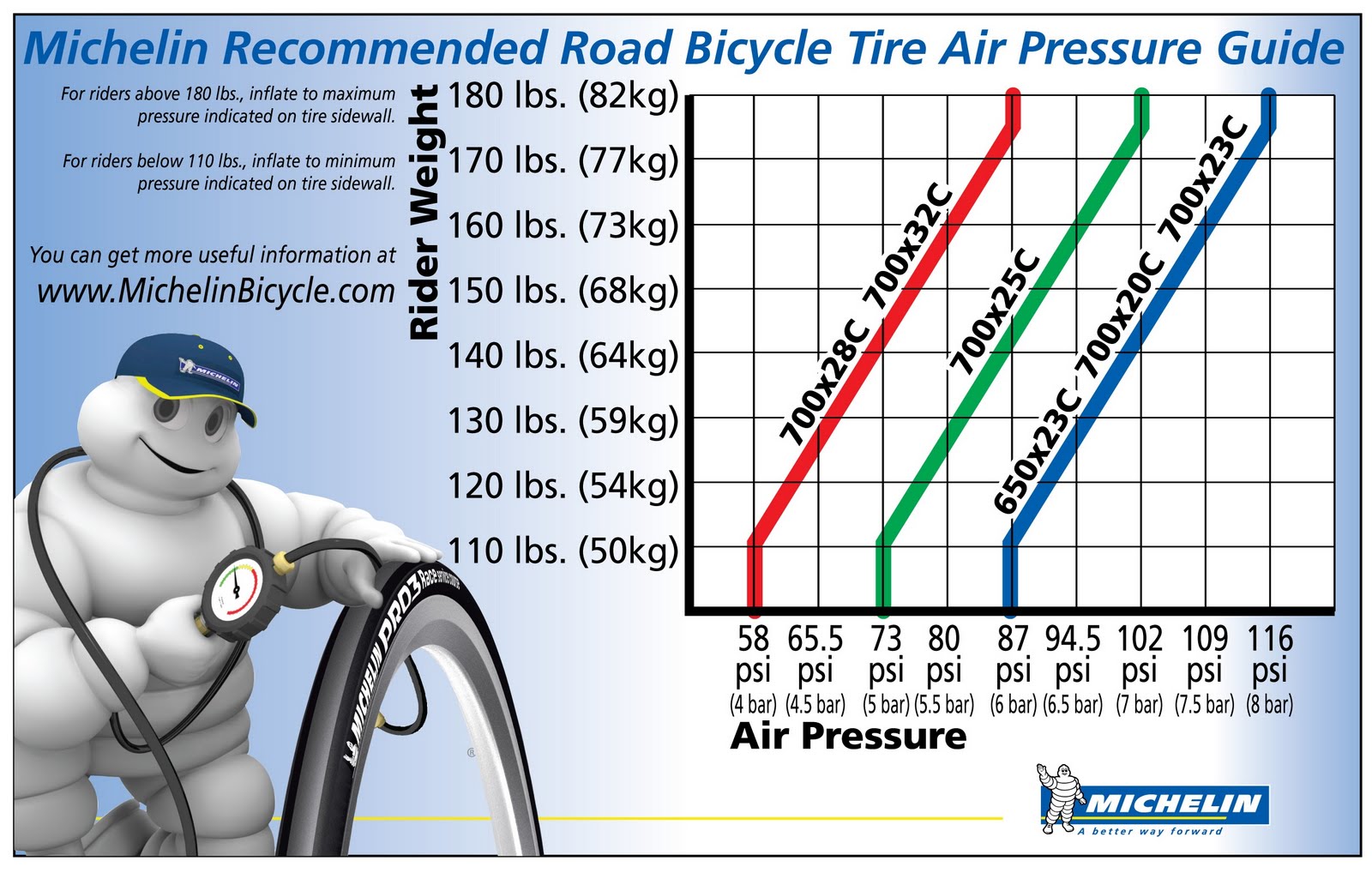
What Happens If I Drive with Low Tire Pressure?
In a hushed whisper, the tires of my car hissed their discontent as I sped down the highway. A nagging unease crept into my mind, morphing into a frantic whisper. Could it be the ominous signs of low tire pressure? It was an unsettling thought, a chilling premonition that sent shivers down my spine. My heart pounded in sync with the rhythmic thumping of the tires, each beat echoing my growing apprehension.
With trembling hands, I reached for my phone, frantically searching for answers. My fingers traced the screen, desperation etched onto every keystroke. It was then that I stumbled upon a myriad of articles, each painting a grim picture of the consequences that awaited those who dared to drive with tires starved of their lifeblood.
The Dire Consequences
Reduced Fuel Efficiency
Tire pressure plays a pivotal role in fuel consumption. Low tire pressure increases the rolling resistance of the tires, forcing the engine to work harder to maintain momentum. This surplus exertion translates into diminished fuel efficiency, draining your wallet with every revolution of the wheels.
Premature Tire Wear
With low tire pressure, the tires bear the brunt of the weight, resulting in uneven contact with the road. This uneven distribution of force hastens tread wear, shortening the lifespan of your tires. In extreme cases, premature tire failure can occur, leaving you stranded on the roadside.
Impaired Handling and Safety
Low tire pressure compromises the vehicle’s handling characteristics, reducing traction and increasing braking distances. It becomes harder to control the car, especially during maneuvers or in adverse weather conditions. Low tire pressure can also trigger unexpected blowouts, posing significant safety risks.
Increased Risk of Hydroplaning
Water can become trapped beneath tires with insufficient pressure, creating a perilous layer that separates the rubber from the road surface. This condition, known as hydroplaning, reduces control over the vehicle, increasing the likelihood of an accident.
Suspension Damage
Underinflated tires impose excessive strain on the suspension system. The tires’ inability to absorb road imperfections can result in damage to shocks, struts, and other components, leading to costly repairs.
Expert Advice
To avoid these dire consequences, it’s crucial to maintain optimal tire pressure. Here are some expert tips to help you stay on the right track.
1. Check your tire pressure regularly, at least once a month or before long trips.
2. Refer to your vehicle’s owner’s manual for the recommended tire pressure.
3. Use a tire pressure gauge to ensure accurate readings.
4. Adjust tire pressure when the tires are cold, as temperature fluctuations can affect readings.
5. If you notice any unusual wear or handling issues, don’t hesitate to have your tires inspected by a professional.
Frequently Asked Questions
Q: What is the recommended tire pressure for my car?
A: The recommended tire pressure varies depending on the vehicle. Consult your owner’s manual for specific recommendations.
Q: Can I drive with slightly low tire pressure?
A: Driving with slightly low tire pressure is not advisable. Even a small reduction in pressure can significantly impact performance and safety.
Q: What should I do if I have a flat tire?
A: If you experience a flat tire, pull over to a safe location and replace it with your spare tire as soon as possible. Contact a tire repair shop to have the flat tire repaired or replaced.
Q: How often should I rotate my tires?
A: Regular tire rotation, typically every 5,000 to 8,000 miles, helps ensure even wear and extends the lifespan of your tires.
Conclusion
Ignorance is not bliss when it comes to tire pressure. Driving with low tire pressure can have a litany of detrimental effects on your vehicle’s performance, safety, and fuel efficiency. Arm yourself with knowledge and heed the expert advice outlined above. By maintaining optimal tire pressure, you can ensure a smooth ride, enhanced safety, and peace of mind behind the wheel.
Are you interested in learning more about tire pressure and its impact on your car? Share your thoughts and questions in the comments section below. Your input helps us create more relevant and informative content.

Image: wheelsadviser.com

Image: oscarholloway.z13.web.core.windows.net
How to Reset a Stuck Low Tire Pressure (TPMS) Light – AxleAddict Shorter tire life. 11 to 20 Pounds Lower Than The Recommended Tire Pressure Can Cause Dangerous Driving Conditions, Including: The symptoms above, plus: Skidding. Tires can be punctured more easily. Flexing side walls at high speeds or in turns. Fractured or broken tire laminations from heat and flexing.